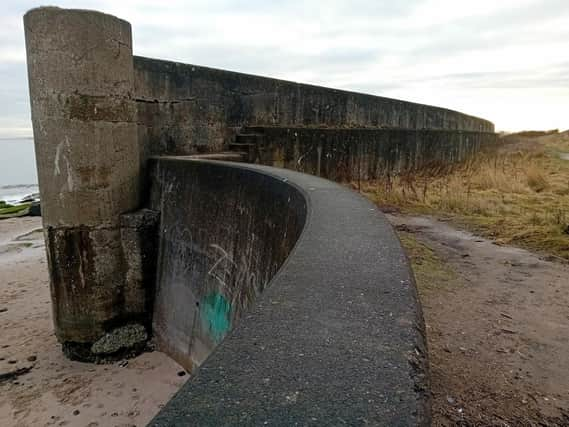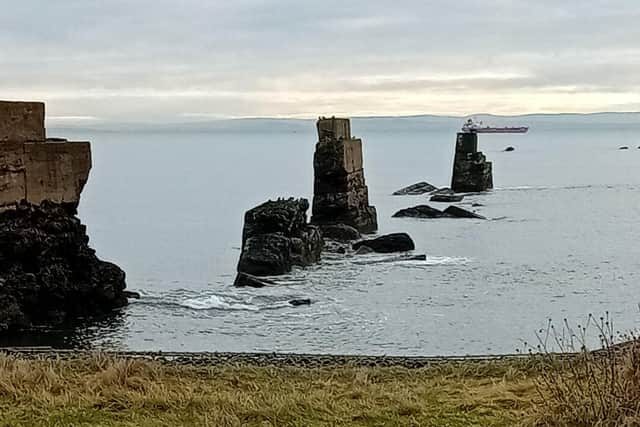Kirkcaldy In 50 Objects: the Seafield Dock and Railway


The full story giving details including the dubious tactics plus maps and sketches is found at www.kirkcaldyin50objects.com
Between Kirkcaldy bay’s twin sentinels of Ravenscraig Castle and Seafield Tower stands a third edifice which was never completed and is now only a reminder of what might have been.
Advertisement
Hide AdAdvertisement
Hide AdSeafield Dock was an audacious and bold plan to revolutionise coal exporting from Fife and initially also challenge Burntisland as the north station for the proposed rail ferry over the Forth, eventually won by Burntisland. The dock was scheduled to be the largest and deepest on the east coast of Scotland and linked by rail to Kirkcaldy before heading up the Tiel Valley to Auchtertool. Its purpose was serving the mines along the route carrying their output to Seafield for export. The distance travelled between the mines and the sea would be halved by this direct route.


The North British Railway held a monopoly on Fife’s freight and passenger lines and fought fiercely and vigorously to keep competition out of the ‘Kingdom’. Their tactics, especially those of their Manager, John Walker, seem extreme and questionable to modern eyes.
The story covers the various attempts to get the enterprise operational, initially in the guise of the Seafield Dock and Railway Company. Although the North British lost every attempt to stop the project in Parliament they were able to choke all attempts to raise capital via share issues by pouring scorn on the suitability of Seafield and suggesting the estimated construction costs were ridiculously understated.
After a failed flotation in 1884, another attempt was made in 1888, with the route being extended from Auchtertool to Cowdenbeath to serve more collieries. The name of the venture was also altered to the Kirkcaldy and District Railway.
Advertisement
Hide AdAdvertisement
Hide AdParliamentary authority was secured but Walker’s attacks again ensured difficulty in raising the requisite funds. Eventually, from what capital was raised, work did commence and, between 1889 and 1891, the retaining wall and pier, much of which remains today despite the sea’s efforts, were constructed. In addition over a mile of railway was laid.
The only option left to complete the project was a link up with the Caledonian Railway and their financial strength. An agreement was reached where the line would be extended from Cowdenbeath to Kincardine. There, a tunnel would carry the line under the Forth before forking and joining the Caledonian system at Larbert and Grangemouth. This would give Kirkcaldy and district a much sought after direct link to Glasgow.
Despite passing through the Commons the Lords rejected the Bill.
Without the Caledonian partnership financial constraints meant the project could not be completed. The North British took over and built the mineral line from Cowdenbeath but routed it to Burntisland bypassing Kirkcaldy. The dock they left abandoned despite promises to the Lords they would assist in its completion - a tale of Kirkcaldy’s loss. Clearly they saw something of merit in a venture they fought tooth and nail to prevent.